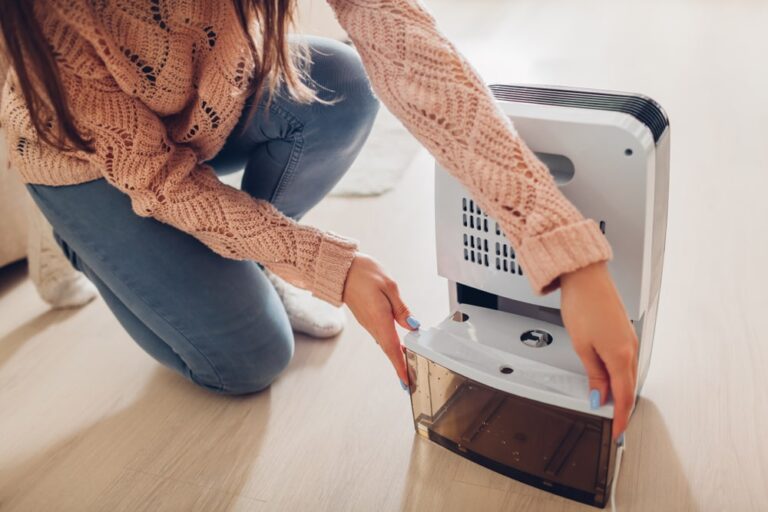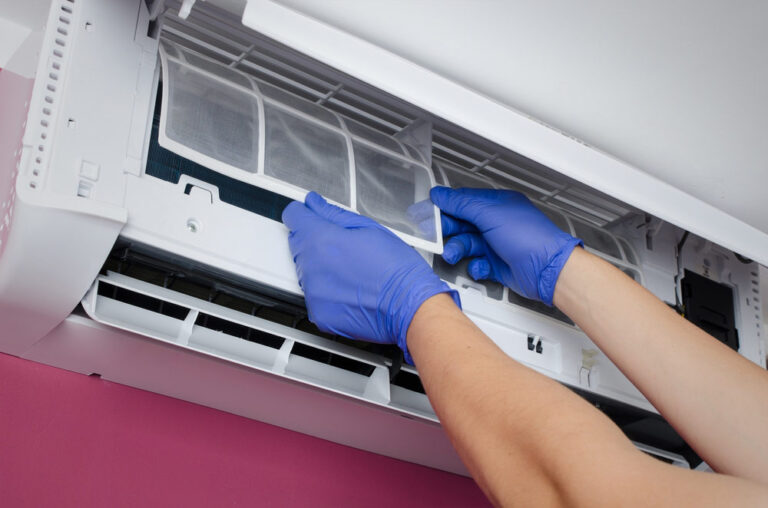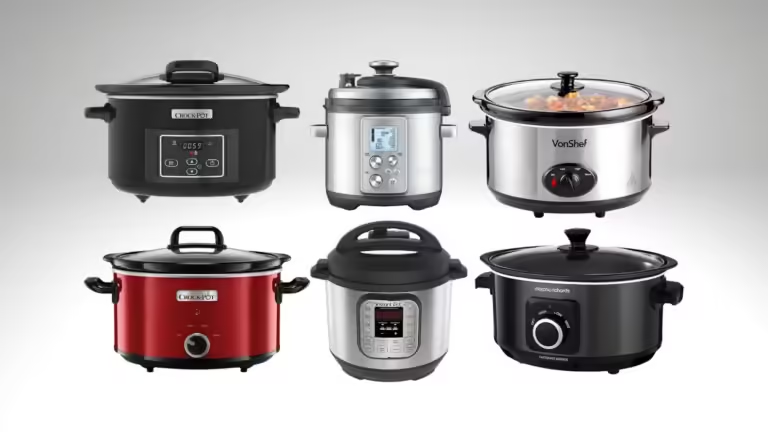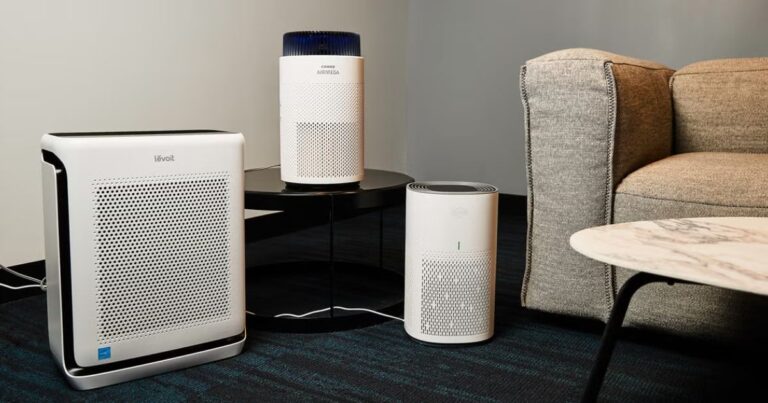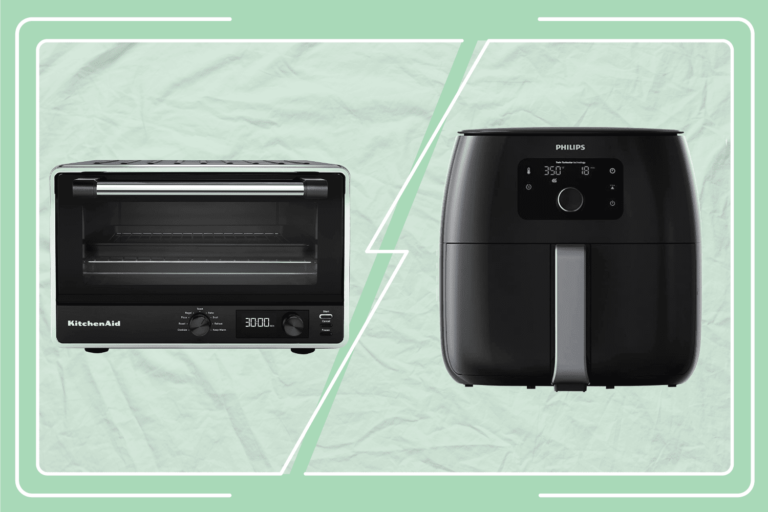Pros and Cons of a Dehumidifier: Do You Need One?
We all know why most of us are often inclined to get ourselves a dehumidifier. From helping with tackling asthma and allergies to preventing mold growth in our homes, dehumidifiers are on demand nowadays, but a lot of us also end up buying them without knowing their drawbacks.
Every piece of equipment has its own pros and cons, so it is important for us to do our own research before purchasing it.
And this article will present to you a list of pros and cons of a dehumidifier, which can give you a brief idea of the product and help you make a well-informed decision on whether or not to buy it.
Now, You May Wonder What Exactly Is a Dehumidifier, and How Does It Work?
Before we dive into the advantages and disadvantages of a dehumidifier, let’s get introduced to its basics, first.
A dehumidifier is a device that eliminates or reduces the amount of water vapor in the air. It operates by using a fan to suck warm air currents into its coils. The warm air contracts as it passes through the machine’s chilled coils, and condensation forms within the dehumidifier.
As the condensation builds up inside, with one droplet of water at a time— the droplets fall into a storage tank connected to the dehumidifier. Cooler, drier air is eventually discharged into your house through the other side of the machine.
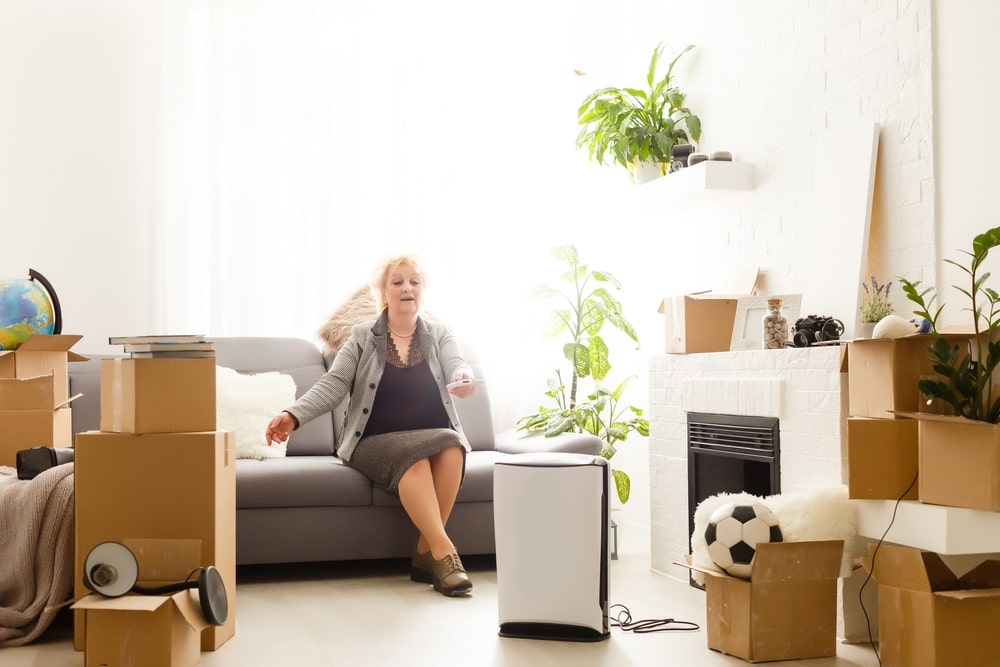
Your dehumidifier should be able to reduce the moisture in the air to 30 to 50% relative humidity. Many dehumidifiers come with a meter that monitors the relative humidity in your house, and you may set the humidity to whatever percentage you choose.
A portable dehumidifier, however, can only cure a small area at a time. It can only lower indoor relative humidity in one or two rooms and has little effect during hot weather.
Now that we have got you covered with the basics and workings of a dehumidifier, let’s get into its pros and cons, shall we?
Pros of Using a Dehumidifier:
- Excess moisture can attack your respiratory system, and also cause dust mites, mold, mildew, and some allergies to grow. Dehumidifiers create a dry atmosphere, therefore removing humidity from the air can assist to alleviate these issues.
- By keeping the humidity level between 30% and 50%, dehumidifiers can make breathing easier and more pleasant for asthma patients. This guarantees that you are inhaling air that is neither moist or dry, creating a safer breathing environment.
- Running a dehumidifier on a regular basis will prevent mold spores from growing on your furniture, clothing, bedding, and other items. By removing mold and dust, you are also removing invaders such as silverfish, cockroaches, and spiders.
Useful tip: When utilized in a living room, accompanying a heating system, appropriate ventilation (such as a mechanical ventilation system) and, if necessary, humidity-resistant paint— along with your dehumidifier can help in minimizing mold growth even more!
- The usage of a dehumidifier will help your AC function more efficiently, since it will help remove all of the humidity out of the air and your AC will not have to work twice as hard. In this way, you can conserve electricity and even simply stick to using your fan during summer as your dehumidifier creates a cool ambience.
Cons of Using a Dehumidifier:
- A running dehumidifier emits a buzzing sound, which may get louder as it speeds up. This might range from 20 to 50 decibels. Aside from that, the warm air emitted by the dehumidifier might be unpleasant in the summer.
- Dehumidifiers require maintenance—you must routinely empty, clean, and replenish the water-collection tank, as well as clean the air filter (on certain models).
Useful tip: Installing a drain line that dumps collected water into a floor-level drain will lessen your maintenance requirements and keep you from dashing down the hallway or all over your home towards the bathroom, splashing dirty water.
- Running a dehumidifier all the time will raise your energy cost.
Now, these pros and cons come with all kinds of dehumidifiers in general. To be more specific, if you’re getting yourself a portable room dehumidifier, then it has its own additional pros and cons to be considered.
Pros of Portable Room Dehumidifiers:
- A decent option if you’re renting your place.
- It is simple to relocate.
- The initial cost is lower than that of a whole-house dehumidifier.
- No installation is required.
- It is suitable for one-time usages, such as drying out after a flood.
Cons of Portable Room Dehumidifiers:
- Less energy-efficient than whole-house models in general.
- Only removes humidity from one area, leaving the other rooms humid.
- Requires periodic maintenance to keep mold at bay.
- Depending on the size of the unit and how much water is removed from the air, collected water must be manually emptied once per day or every other day.
- Noisier than whole-house models.
On the other hand, if you are going for a whole-house dehumidifier, we have got you covered on its pros and cons, too!
Pros of Whole-House Dehumidifiers:
- Because the unit is situated in a basement or utility room away from the living area, it operates quietly.
- Completely hidden from view.
- Maintains a consistent level of humidity throughout the home.
- Uses less energy than portable versions.
- The best long-term solution to humidity issues.
- Only one annual maintenance assessment is required.
- Collected water may be channeled straight to a floor drain in a utility room or basement, eliminating the need to empty water reservoirs manually.
Cons of Whole-House Dehumidifiers:
- Professional installation is required.
- Higher initial cost.
Now that you know all the Pros and Cons of dehumidifiers you might consider buying one. But where should one look for the best dehumidifiers in the market? Well, we got you covered! Check out our detailed review and buying guide for the best dehumidifiers under $200.
Frequently Asked Questions:
1. Can I utilize the water that is collected in the dehumidifier?
Yes, it may be used in your iron, or to water your plants! It should not, however, be consumed by people or animals, since it may contain residues of toxins that might make you or your pets sick.
2. Is it possible to leave a dehumidifier on all of the time?
Most dehumidifiers can operate overnight with enough ease as long as there are no errors in your route (maintenance, airflow, no blockages, leakage). It is advised that the device includes auto defrost mode; in case it begins to overheat for any reason, it will turn off.
3. Is it safe to sleep next to a dehumidifier?
Yes, sleeping in the same room as a dehumidifier is entirely safe.
4. Do dehumidifiers decrease the oxygen in the air?
Not really. In fact, they are extremely similar to how we breathe. We breathe in air, take in oxygen, and expel carbon dioxide, but dehumidifiers suck up air from your space, extract moisture, and then blow it back out.
5. Can a dehumidifier cause skin dryness?
Yes, using a dehumidifier can cause dry skin, since it makes the air around you drier than usual.
6. Can a dehumidifier be used to dry clothes?
Yes, you can use a dehumidifier to dry your clothes in a method that is more cost-effective and has extra benefits for your home’s quality and condition.
7. What size dehumidifier should I use for a 500 square feet area?
In the following situations, use a 30-pint dehumidifier (or one with a capacity of 24 to 39 pints): 500-1,500 square foot damp rooms; 500-1,000 square foot rooms that are quite wet; and 500 square foot moist and severely wet quarters.
8. How long does a dehumidifier last?
In general, Dehumidifiers typically have a lifespan of five to ten years
So, should you have a dehumidifier? By now, you should have a detailed idea about whether or not you should purchase a dehumidifier, and if so, which one you should go for. Going through what seemed like an endless list of pros and cons, and questions and answers, you can now ponder on your need for an investment like this, and whether or not you are willing to compromise with its drawbacks.


